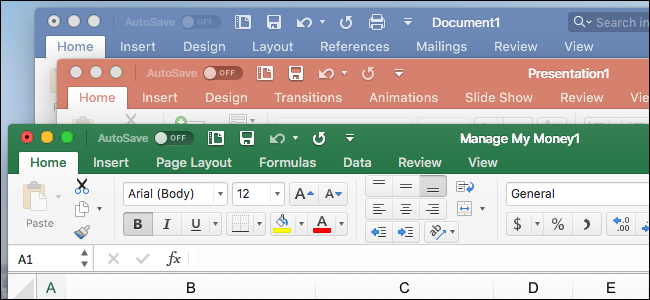

- #MICROSOFT OFFICE 2019 VERSION COMPARISON CHART HOW TO#
- #MICROSOFT OFFICE 2019 VERSION COMPARISON CHART CODE#

#MICROSOFT OFFICE 2019 VERSION COMPARISON CHART CODE#
Like its predecessor SharePoint 2016, this latest version of SharePoint is a “snapshot from the cloud,” quite literally taking code from Office 365 in early 2018. SharePoint 2019 has been released! Now it’s time to make the decision to stay on-premises, move to the cloud, or maybe build a hybrid scenario.
#MICROSOFT OFFICE 2019 VERSION COMPARISON CHART HOW TO#
You can read the details in this article (has been deleted)- perhaps quite interesting if someone has to deal with VDI environments.Looking to digitally transform your organization? Read our new article “ How to Effectively Mobilize Your Workforce with Microsoft 365.” The main result of these tests was already evident in the graph from the above tweet: we can see a significant decrease in the VM consolidation numbers of Microsoft Office 19 compared to Office 16 and Office 13. The tests used the View Planner Standard profile, which includes Microsoft Office workloads such as Excel, Outlook, Word and PowerPoint, and other commonly used applications such as Google Chrome and Adobe Acrobat Reader. VM consolidation (how many VMs can be run on a single vSphere host go here to learn more about finding VM consolidation using View Planner).To measure the impact of different versions of Office on performance, VMware people conducted some experiments with VMware View Planner and compared the following parameters for each version of Office: The testers also optimized a base VM with the VMware OS Optimization Tool and created instant clones using the VMware Horizon pool. Microsoft office versions used in our performance testing: In addition, the tester configured a VM with the following specs: View Planer/Benchmark-Version 4.5 Virtual Machine (VM) Configuration Prozessortyp Intel Xeon Gold 6140-Prozessor 2,30 GHz In the tests, the VMware people used a two-socket node with the following configuration: Although this refers to VDI environments in vSphere, it is likely to be the same in other virtualization environments and on bare metal machines. The above chart already shows the trend: While Microsoft Office 2013 is still 'running', Office 2016 has already suffered a performance loss, which will continue to be severe in Microsoft Office 2019. I came across the report here with the results via the following tweet. For the test, the testers used VMware View Planner to compare the performance and scalability limitations of a VDI environment with users running Office 13, Office 16 and Office 19. The folks at VMware have done just that and compared Office versions 2013, 20 in terms of resource hunger in virtual machines (VDI environment on vSphere) in a benchmark. For a benchmark, you can take a look at previously released Office versions, in a VDI environment, and draw conclusions about Office 365. Over the years, several Office updates are released, and organizations select Office versions based on their functionality and performance requirements. This is because Microsoft Office is a frequently installed productivity suite in the virtual desktop infrastructure (VDI) environment. Benchmarking Office in a VDI environment under vSPhere Not everything is better, and anyone who virtualizes Office in a VDI environment should know the characteristics. But the many innovations in the last Office versions have their (performance) price. Microsoft is pushing the user base to Microsoft Office 365 and is modernizing this product on a monthly basis all over the place.


 0 kommentar(er)
0 kommentar(er)
